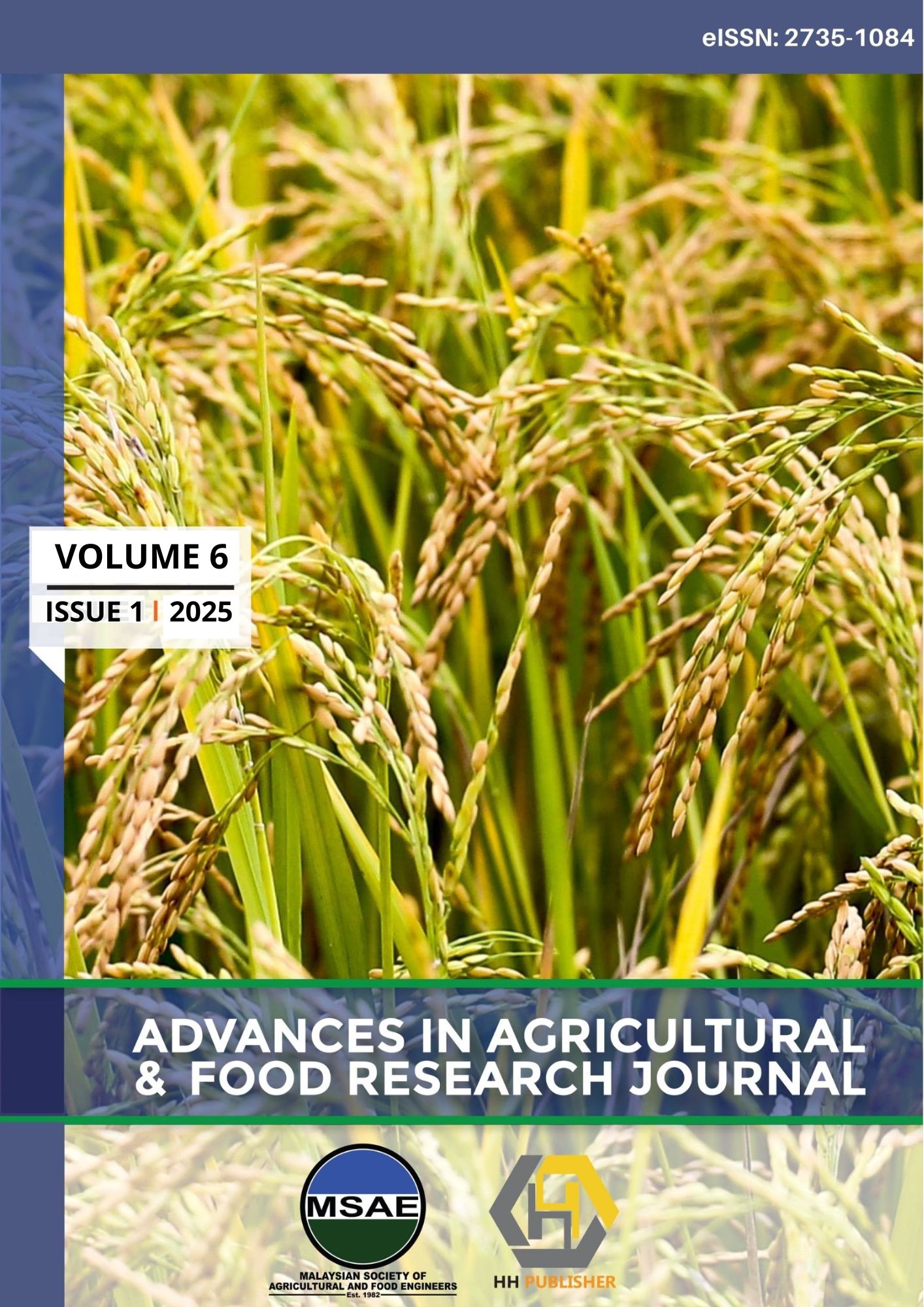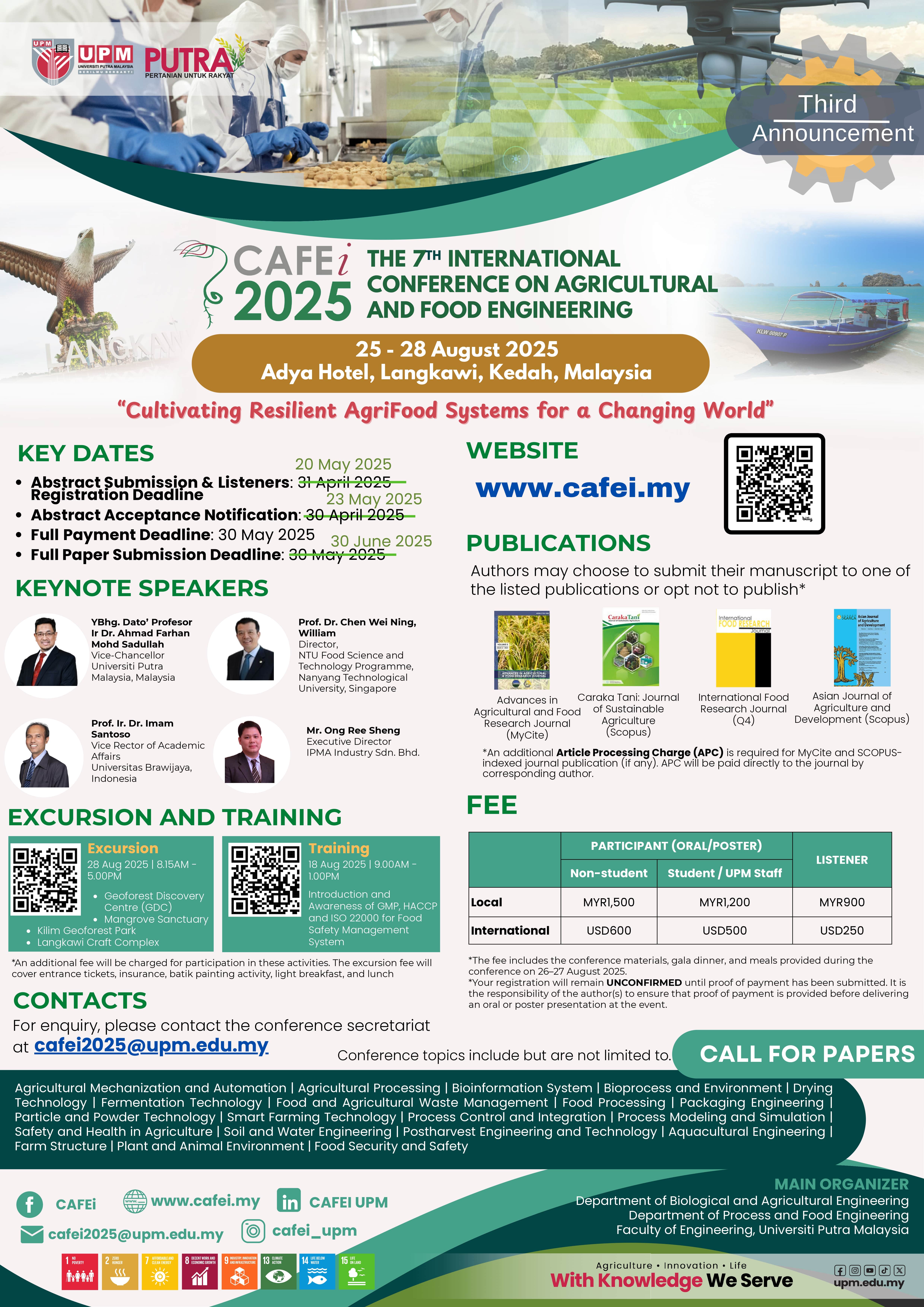Techno-Economic Analysis of Nata de Coco as a Supporting Medium for Immobilizing Pectinase in Guava Juice Clarification
DOI:
https://doi.org/10.36877/aafrj.a0000556Abstract
Enzymatic clarification using pectinase is a promising method to reduce cloudiness and viscosity in fruit juices. However, pectinase faces challenges like poor stability, limited reusability, and potential juice contamination. While immobilization could address these issues, its feasibility for industrial-scale guava juice clarification remains understudied. This study aims to explore the techno-economic aspects of using immobilized pectinase derived from nata de coco (NDC) for guava juice clarification. Initially, the focus lies on pectinase immobilization, morphology analysis, reusability, and reaction kinetics. Subsequently, an economic evaluation of the integrated guava juice process design with immobilized pectinase was conducted. After immobilization, results demonstrated a notable immobilized yield of 55.32% protein with 62.78% pectinase activity. Immobilized pectinase achieved a 61% reduction in turbidity. After the 6th cycle, the immobilized pectinase exhibited an impressive above 60.0% residual activity, indicating its potential for repeated use in the guava juice clarification process, enhancing its commercial viability. Furthermore, the study revealed a return on investment (ROI) of 20.19% and a payback period of 4.95 years, suggesting that the integration of immobilized pectinase could be financially beneficial for guava juice production. The sensitivity analysis highlighted that fluctuations in guava juice pricing significantly affect both ROI and net present value (NPV), emphasising the importance of market conditions and pricing strategies in financial decision-making. Therefore, these insights offer valuable guidance for optimising process design and enhancing project profitability in guava juice manufacturing.
Downloads
Published
How to Cite
Issue
Section
License
Copyright (c) 2025 Nurul Azira Zahari, Mohd Noriznan Mokhtar

This work is licensed under a Creative Commons Attribution-NonCommercial 4.0 International License.
Author(s) shall retain the copyright of their work and grant the Journal/Publisher right for the first publication with the work simultaneously licensed under:
Creative Commons Attribution-NonCommercial 4.0 International (CC BY-NC 4.0). This license allows for the copying, distribution and transmission of the work, provided the correct attribution of the original creator is stated. Adaptation and remixing are also permitted.

This broad license intends to facilitate free access to, as well as the unrestricted reuse of, original works of all types for non-commercial purposes.
The author(s) permits HH Publisher to publish this article that has not been submitted elsewhere.

.png)

.jpg)




